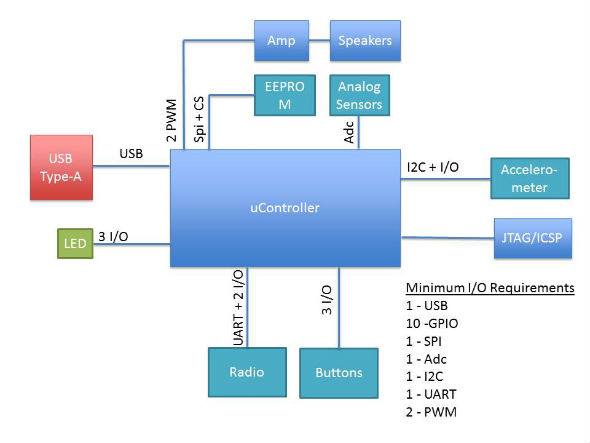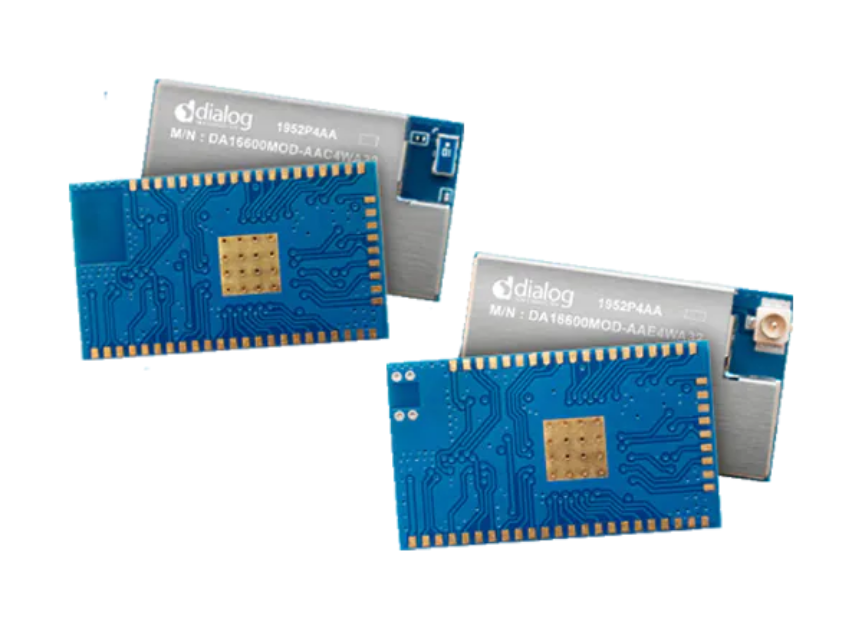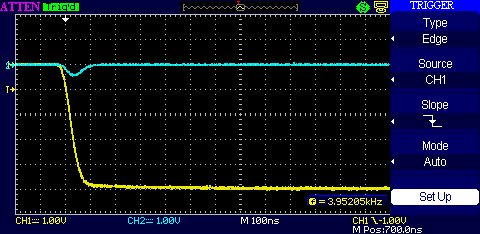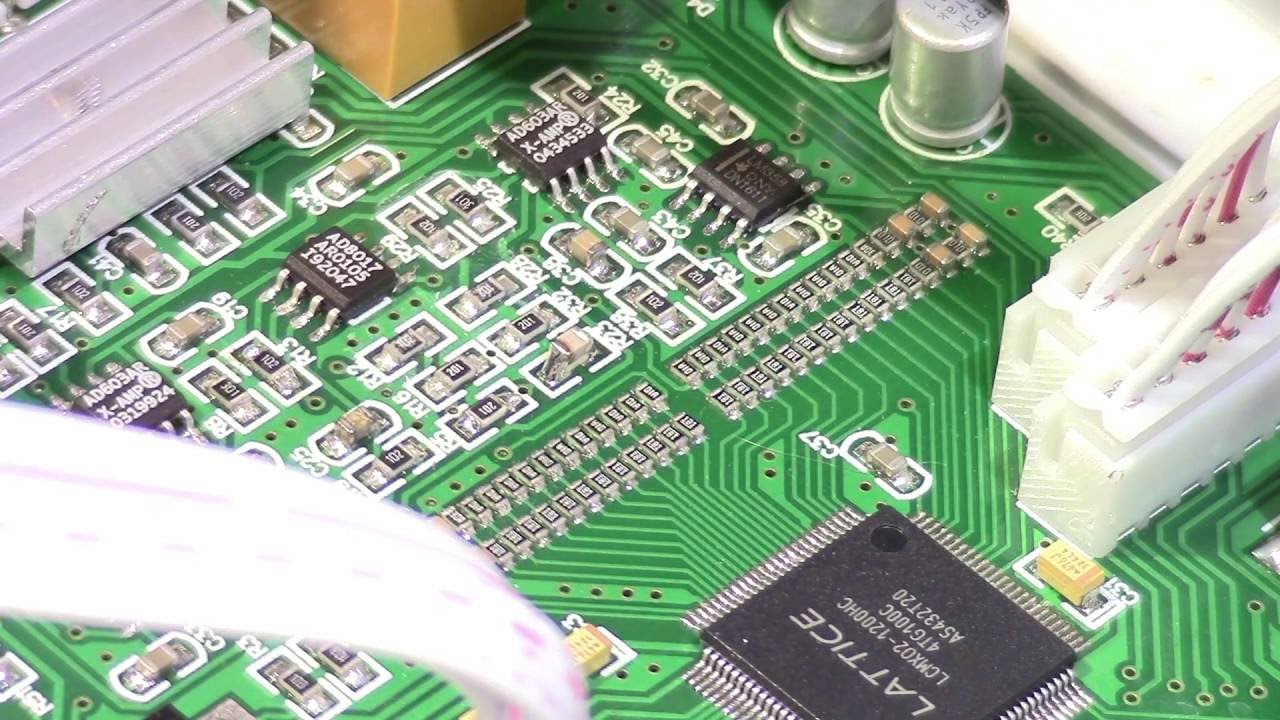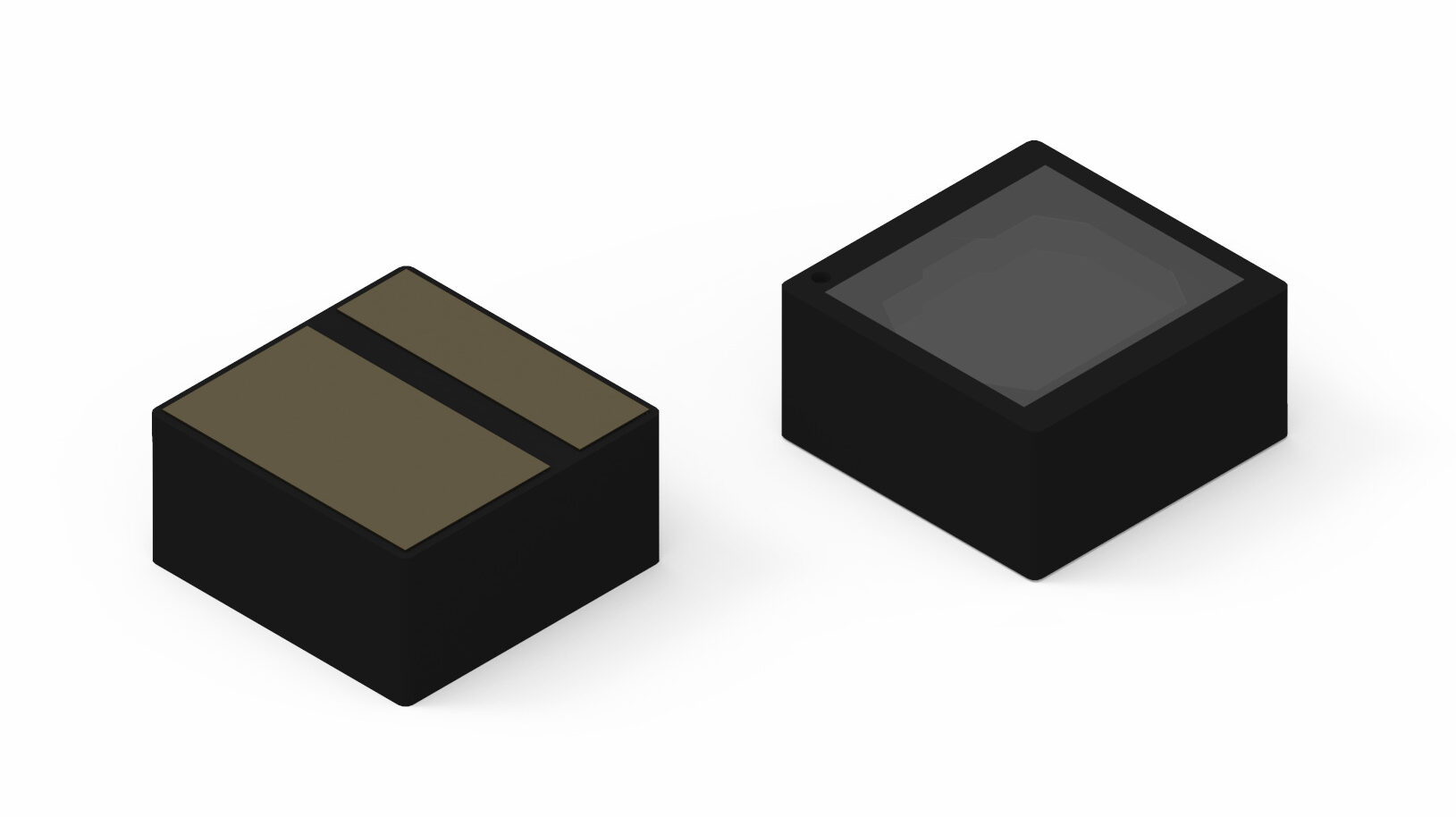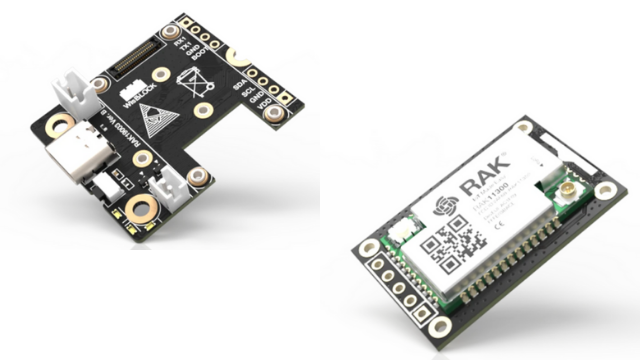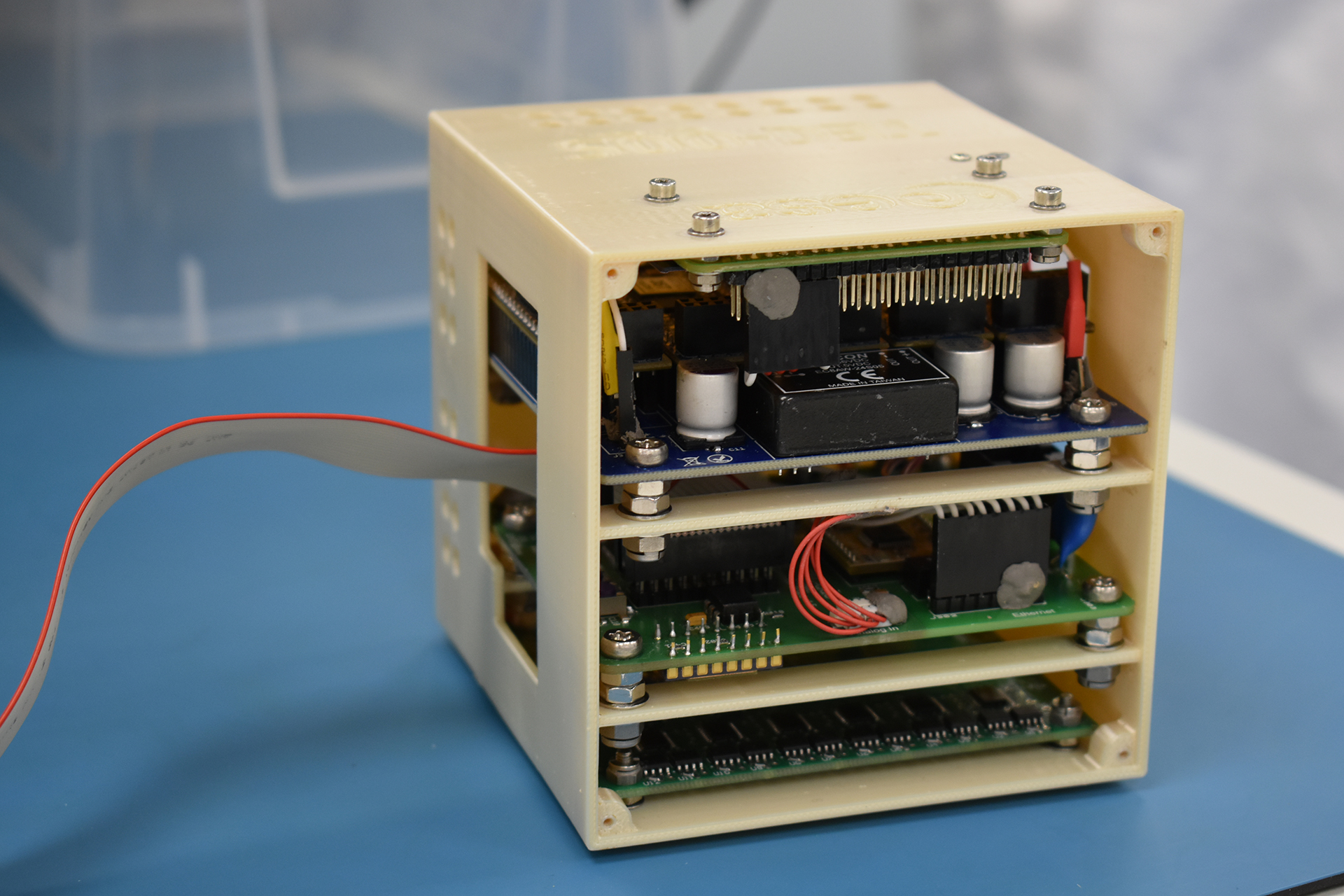
The Raspberry Pi over time has wowed us with its versatility showcased in diverse intriguing applications in which it is used. It is served as the onboard computer powering diverse industrial equipment while also providing the edge needed in some medical experiments. However, it recently (literally) raised the bar for its possible use cases, when the Pi Zero variant was deployed to serve as the brain for a Cryptographic Experiment currently running on the International Space Station (ISS).
Apparently, security is a threat, not just to devices on the earth’s surface, but also to devices outside of the earth’s surface, in Space. Until recently, a large percentage of satellite signals and data communications have been without encryption, but as CyberSecurity threats increase, and the services delivered by satellites of all types, becomes an integral part of our everyday life, it is becoming very important to ensure Security on all levels, to reduce the vulnerability of the satellites to hacking. This had been the focus for several Space stakeholders meetings, and in April 2019, at an attempt solving some of the issues associated with encrypting satellite signals were launched.
The experiment called the Cryptographic Ice Cube Experiment or CrypticIC for short was developed to solve the problems of radiation when sending encrypted communications in space. It was designed to examine how encryption keys can be scrambled when radiation hits the memory and processors doing the encryption in orbit. According to EAS software product assurance engineer Emmanuel Lesser,
“Our CryptIC experiment is testing technological solutions to make encryption-based secure communication feasible for even the smallest of space missions. This is commonplace on Earth, using, for example, symmetric encryption where both sides of the communication link share the same encryption key, however, In orbit the problem has been that space radiation effects can compromise the key within computer memory causing ‘bit-flips’. This disrupts the communication, as the key on the ground and the one in space no longer match. Up to now, this had been a problem that requires dedicated – and expensive – rad-hardened devices to overcome.”
According to Emmanuel, the solution was based on a regular, off-the-shelf, Raspberry pi Zero which was covered with a plastic “Conformal” coating to fulfill fire standard requirements by the International Space Station. The choice of the Raspberry Pi Zero according to him was based on the desire to have a small footprint, relatively modest energy consumption, and secure communication using the cheapest components available.
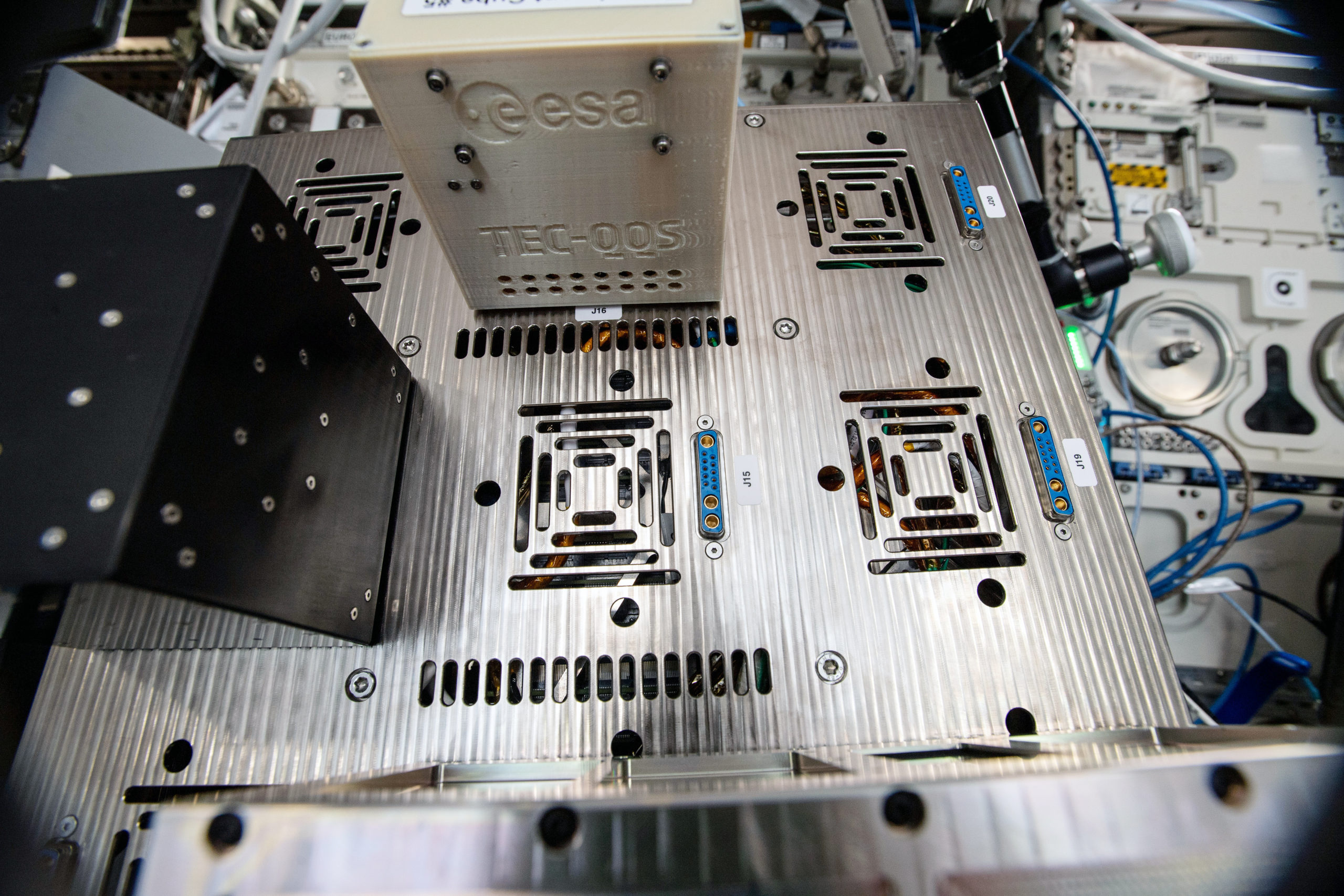
The Pi Zero runs the Space-hardened version of Raspbian which had been previously commissioned by ESA. With the success of the project, and the desire of Emmanuel and the team to stick to the Raspberry Pi Zero in the future (although a version with no WiFi and more RAM), it is safe to say we should expect to see more Raspberry Pi based Space applications.
More information on the Cryptographic ICE Cube experiment can be found on the project page on ESA’s Website.





